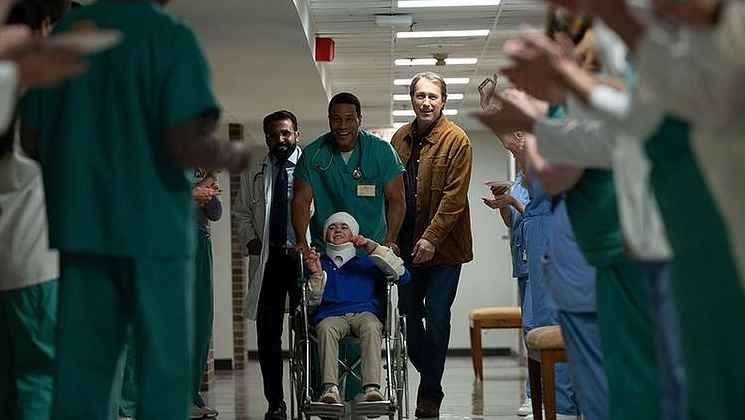





See listing of Recent and Most Popular articles on the Home Page
Our World
Category: Holidays / Topics: Demographics • History • Holidays • Statistics • Trends • Veterans Day
Veterans Day 2020
Posted: November 7, 2020
Facts about American veterans…
Editor's Note: Each year the U.S. Census Bureau provides an updated version of the following facts about the American veteran population. This year we have added a comparison to the 2016 data, from the first version of the report we posted.
Veterans Day originated as “Armistice Day” on Nov. 11, 1919, the first anniversary marking the end of World War I. Congress passed a resolution in 1926 making it an annual observance, and it became a national holiday in 1938. Then-President Dwight D. Eisenhower signed legislation in 1954 to change the name to Veterans Day to honor all those who served the country in war or peace. On this day, the nation honors military veterans with parades and other observances across the country and a ceremony at the Tomb of the Unknowns at Arlington National Cemetery in Virginia.
The following facts are possible thanks to the invaluable responses to U.S. Census Bureau surveys. We appreciate the public’s cooperation in helping us measure America’s people, places and economy.
Veteran Population
Did You Know?
17.4 million
The number of military veterans in the United States in 2019. Down from 18.5 million in 2016.
1.6 million
The number of female veterans in the United States in 2019 - same as 2016.
12.3%
The percentage of veterans in 2019 who were Black - up from 11.6% in 2016. Additionally:
76.2% were non-Hispanic White (- down from 78.0% in 2016;
1.8% were Asian (- up from 1.6% in 2016;
0.8% were American Indian or Alaska Native - up from 0.7 in2016;
0.2% were Native Hawaiian or Other Pacific Islander (- same as 2016; and
1.4% were some other race - up from 1.3% in 2016)
(The numbers cover only those reporting a single race.)
7.2%
The percentage of veterans in 2019 who were Hispanc - up from 6.5% in 2016
50.4%
The percentage of veterans age 65 and older in 2019 - up from 49.7% in 2016
At the other end of the age spectrum, 8.4% were younger than age 35 - down from 8.6% in 2016.
More on Veterans
Here’s a detailed profile on the veteran population from the 2019 American Community Survey. Statistics include:
- When veterans served.
- Demographics – age, sex, race and Hispanic or Latino origin.
- Median income.
- Educational attainment.
- Employment status.
- Poverty status.
- Disability status.
ADDENDUM: The following was received November 10, 2020
A new report released today by the U.S. Census Bureau shows post-9/11 veterans are more likely to be employed and earn more than nonveterans. The report, The Employment, Earnings, and Occupations of Post-9/11 Veterans, looks at how these veterans’ labor market experiences, earnings and job characteristics differ from those in the broader U.S. population who never served.
This report uses data from the 2014–2018 American Community Survey (ACS) 5-year estimates. The ACS is a nationwide survey designed to provide timely and reliable data every year on the demographic, social, economic and housing characteristics of the nation, states, counties, and other localities. For information on the ACS sample design and other topics, visit www.census.gov/programs-surveys/acs/.
Search all articles by U.S. Census Bureau staff
Posted: November 7, 2020 Accessed 524 times
![]() Go to the list of most recent Our World Articles
Go to the list of most recent Our World Articles
![]() Search Our World (You can expand the search to the entire site)
Search Our World (You can expand the search to the entire site)
![]() Go to the list of Most Recent and Most Popular Articles across the site (Home Page)
Go to the list of Most Recent and Most Popular Articles across the site (Home Page)
 Loading requested view...
Loading requested view...
